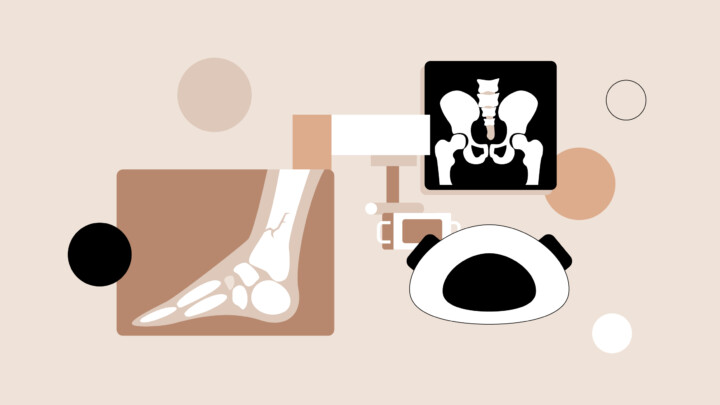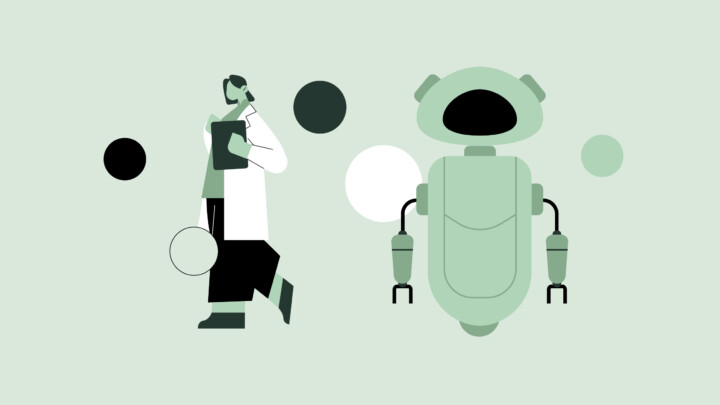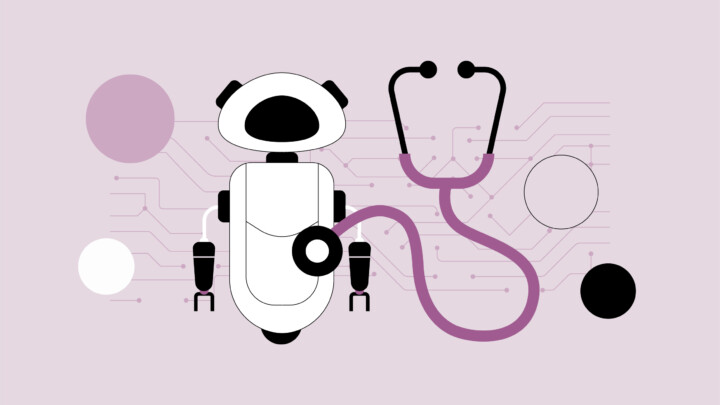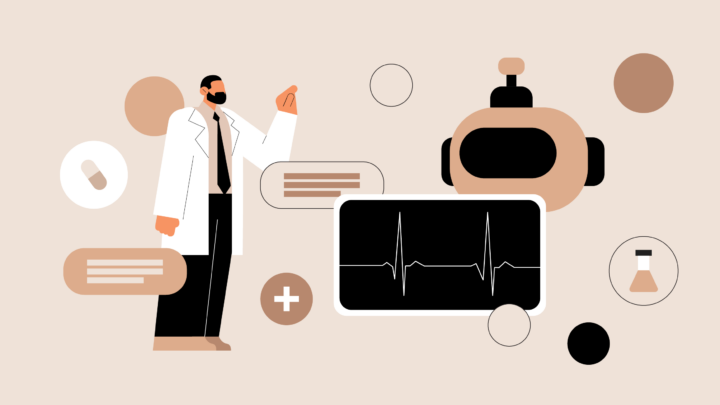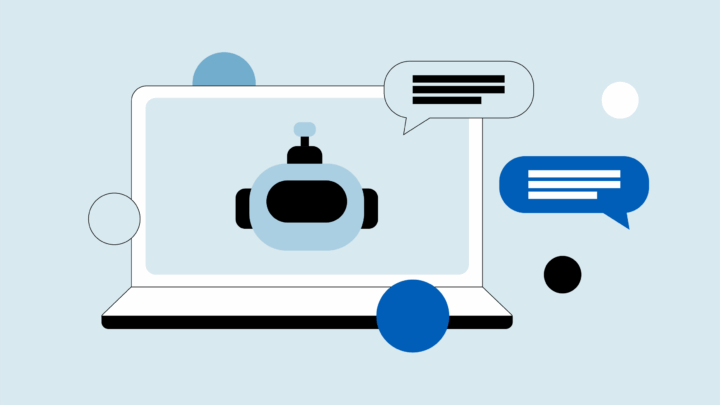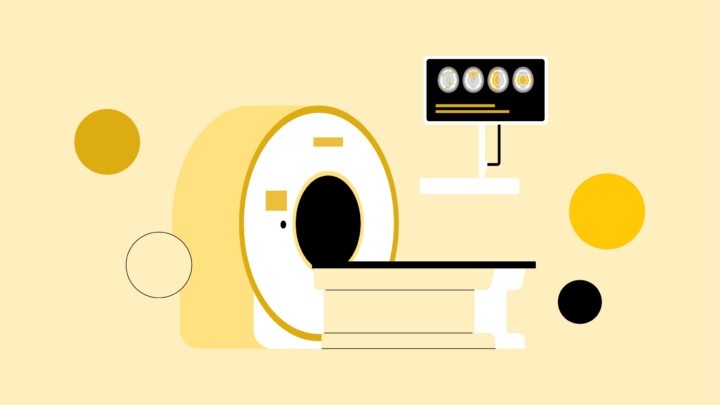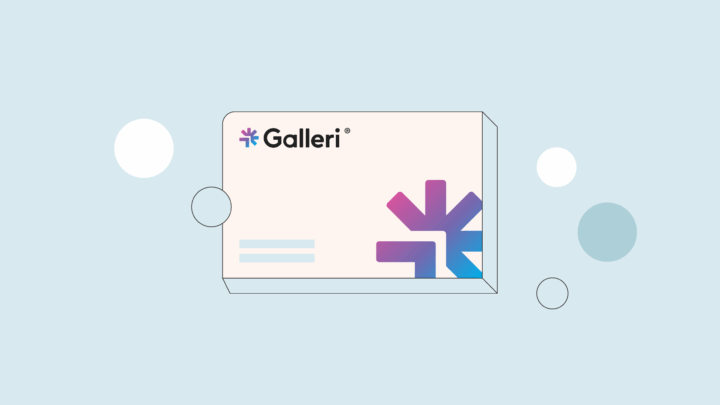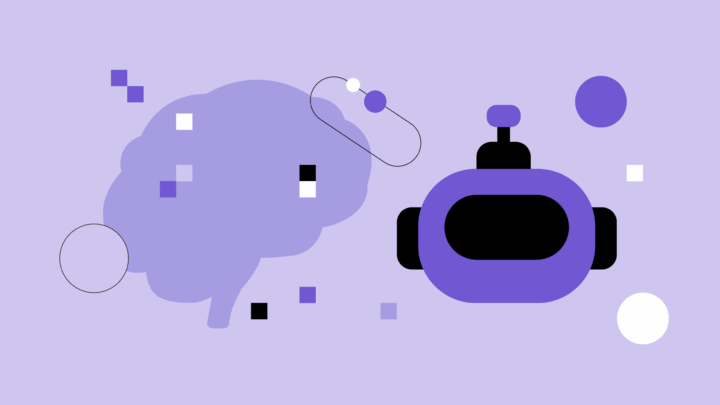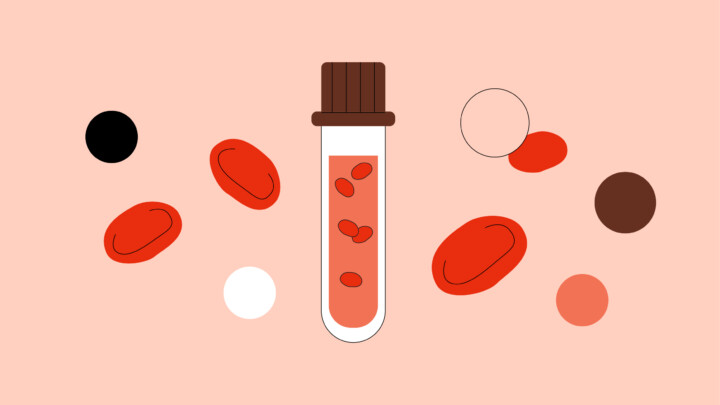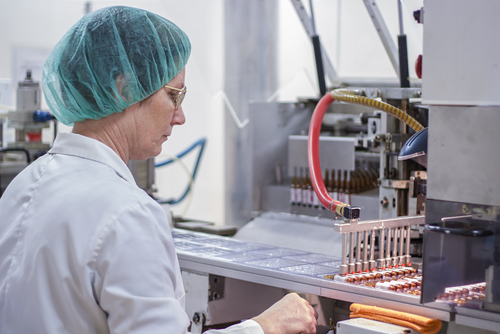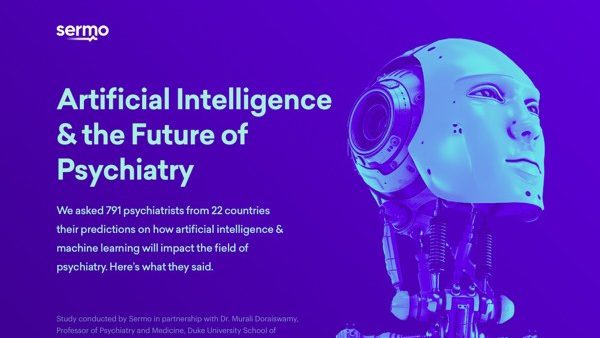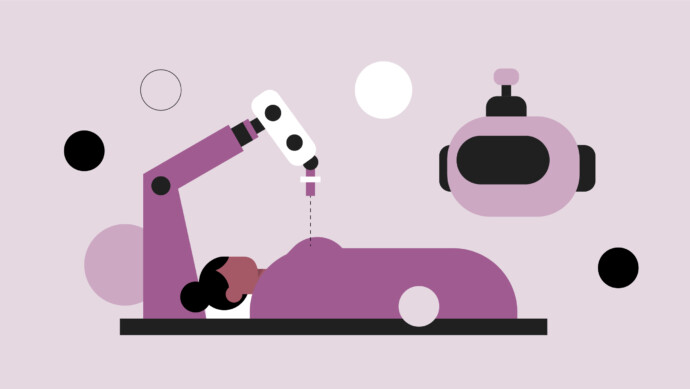
Artificial intelligence is spreading throughout healthcare at an unprecedented speed. From radiologists to primary care physicians, breast surgeons, oncologists, and OB-GYNs, AI is a tool that has the potential to transform every stage of breast cancer care. Many are deeming it a revolution in the realm of breast cancer detection, diagnosis, and treatment.
But, with 73% of surveyed physicians still not referring patients to AI breast screening, there are many questions begging to be answered before widespread adoption is guaranteed.
This article examines the role of AI in breast cancer detection, highlighting its benefits, clinical applications, and concerns for physicians seeking to trust this new technology with their patients’ livelihood.
What is AI breast cancer detection?
Breast cancer is the most common cancer in women following skin cancer, and the second leading cause of cancer-related death in women after lung cancer. The need for increased access and early detection is obvious, but can AI answer this tall order?
AI in breast cancer detection refers to the use of artificial intelligence technologies, such as machine learning models, to analyze mammography images and identify potential cancerous abnormalities. With its ability to process vast amounts of data quickly and accurately, AI supports radiologists by identifying areas of concern within imaging studies while reducing the risk of human error.
AI integration in breast cancer screening can address program challenges. Retrospective studies show AI matches or surpasses radiologist accuracy, aiding mammogram interpretation by identifying subtle abnormalities and reducing workload. At a strict accuracy level (96% specificity), the AI in this study caught 23.5% of missed cancers. However, more research is needed due to limited studies and small sample sizes.
A recent Sermo poll revealed that 56% of physicians are aware of AI’s role in breast cancer screening, but 35% still lack sufficient understanding. It’s worth noting that while 13% of respondents report AI-assisted breast screening is covered by insurance in their countries, 24% confirm it hasn’t yet been implemented.
The benefits of AI in breast cancer screening
AI offers several benefits in breast cancer screening:
Improved diagnostic accuracy
False-positive recalls are a primary concern in AI and non-AI breast cancer screening. However, new multi-modal AI-powered tools trained on half a million mammogram exams have shown promise, cutting recalls by 31.7% and radiologist workload by 43.8% while maintaining 100% sensitivity in the study setting.
AI identifies patterns and abnormalities in mammograms invisible to the naked eye, flagging tumor-like structures and potentially improving early cancer detection rates. This benefit aligns with Sermo poll insights, where 46% of physicians identified improved detection rates as AI’s most significant contribution.
Faster image analysis
Processing medical images can be time-consuming, especially when radiologists face mounting workloads. By using AI with imaging data and population-based records, clinicians can analyze diagnostic results faster, so treatment can begin sooner. They can also derive more precise predictions of cancer incidence as well as organs and cells at risk.
Early detection of cancer
The earlier breast cancer is detected, the higher the chance of patient survivorship. AI helps catch cancers at earlier stages by recognizing minute, often invisible, irregularities. Early diagnosis significantly improves patient survival rates and reduces the need for invasive treatments by catching the tumors before they spread throughout the body.
A general practitioner from the UK had this to say: “I’m optimistic about AI’s potential in breast cancer screening. AI can help detect cancers earlier and more accurately, reducing false positives and negatives results. AI-powered computer-aided detection systems can analyze mammography images, highlighting suspicious areas for radiologists to review. This collaborative approach can improve screening outcomes and save lives.”
Reduced workload for radiologists
It’s no secret that radiologists are inundated with imaging scans. AI assists by performing preliminary analyses, giving radiologists more time to focus on complex cases and patient consultations. This is why 25% of physicians from the Sermo survey recognized the potential of AI in decreasing the backlog for radiologists.
That said, with the U.S. facing a projected shortfall of up to 86,000 doctors by 2036, and many countries in similar dire situations, Garrett Adams, VP at Epic, explains, “AI is not going to solve the physician shortages across the country…we can help them do more with less, but we can’t solve the fact that there is less”. AI may optimize physician time, but it can’t replace the need for trained professionals.
Enhanced personalized treatment planning
Beyond diagnostics, AI also assists in creating more individualized treatment plans. By analyzing patient medical records, tumor characteristics, and sifting through vast amounts of genomics data, it is a valuable tool in predicting treatment effects to maximize patient care strategies.
Clinical impact of AI cancer detection
A Sermo survey found that 49% of physicians believe AI can accurately predict patient outcomes, while 51% disagree. Nevertheless, streamlining the diagnostic process enables more efficient and consistent workflows. A Sermo community member observed:
“AI in radiology is very useful. We started using it in our hospital, and it provides an extra level of security, as if another radiologist had an eye on the images. Considering that radiologists have more and more scans to read, I think AI will be more and more used.”
By serving as a workflow tool, AI strengthens physicians’ decision-making, allowing them to focus on delivering high-quality patient care. It’s a win-win situation for both doctors and patients, as outcomes become more precise and personalized.
How does AI breast cancer screening work?
Cancer diagnosis from images and tissue is complex and time-consuming due to the limitless diversity and unique elements of cancer cells, as stated by Olivier Elemento, PhD, Weill Cornell Medicine. Cancer doctors encounter unique features in every tissue sample, some of which they may never have seen before.
AI-based systems used in breast cancer detection typically rely on deep learning technologies. These systems are trained to identify breast cancer using hundreds of thousands of mammograms, learning to recognize malignancy patterns by analyzing pixel-level details that would often escape the human eye.
1. How AI analyzes mammograms
AI tools scan mammograms quickly to detect any abnormalities, such as dense breast tissue or asymmetrical patterns. Highlighted areas are flagged for radiologists to review, along with the predicted likelihood of cancer.
2. Parameters considered by AI
AI systems consider factors such as lesion size, shape, and texture, as well as a patient’s prior medical history. This comprehensive evaluation ensures the analysis isn’t reduced to a one-size-fits-all approach.
3. Adoption of AI in clinical settings
Recent studies have shown AI to help with early detection, accuracy, and reducing workload. But, more research needs to be done on the clinical impact. According to the Sermo survey, 47% of physicians are unsure if AI cancer screening has been implemented in their country, and another 24% say it has not been implemented, signaling there’s still much ground to cover before AI becomes a universal standard.

Is AI trustworthy for diagnosing breast cancer?
While AI shows immense promise, some physicians remain cautious. According to a Sermo poll, the most common concerns about AI in breast screening include:
- False positives (26%)
- False negatives (26%)
- Lack of controls for implementation (22%)
- Lack of transparency (14%)
- Scope creep (11%)
Despite these concerns, the consensus among many professionals is that AI complements, rather than challenges, human oversight. A Sermo member from Germany reassures:
“I have no concerns about AI in breast cancer screening, it brings an improvement, it helps the radiologists take a quicker decision so that more patients can be screen[ed] daily, and it is also supervised by radiologists, the AI program just gives the hint about what it thinks the bi-rad score is but the final decision is made by the radiologist. And then it is also supervised by the second radiologist, who also gives his opinion. If there is a contradiction between the radiologists, the case goes to a special bord[sic]. So don’t worry, it is very safe and it is actually an improvement.”
Trust in AI grows as physicians validate its capabilities and more clinical impact research is concluded. Additionally, more AI language models are being developed that keep patient data secure and offer more transparency than standard models like ChatGPT. With ethical government regulation and ongoing AI model refinement, it offers a reliable tool for breast cancer care.
Why physicians should tune into AI for breast cancer detection
The potential for AI to enhance diagnostic precision, improve workflow efficiency, and help with earlier cancer detection is undeniable. It not only helps radiologists manage their workloads but also strengthens overall patient care. Physicians across specialties, from oncology and radiology to primary care, must consider the value AI can bring to their practice.
Despite the challenges of integrating AI, whether you’re an early adopter or just starting to explore the possibilities, engaging with AI-driven solutions is increasingly becoming a professional necessity.
Join the discussion today on Sermo, the world’s largest physician community, to explore how AI is transforming breast cancer diagnostics. Share clinical insights, ask key questions, and discover how other physicians are integrating technology into their practices.
AI breast cancer detection utilizes artificial intelligence technologies, such as machine learning models, to analyze mammography images and identify potential cancerous abnormalities.
AI therapy for breast cancer refers to the use of AI in developing personalized treatment plans by analyzing patient data and tumor characteristics to optimize therapeutic strategies.
Generative AI for breast cancer involves using AI to create synthetic yet realistic medical images for training diagnostic models, thereby expanding datasets and enhancing AI’s ability to detect subtle abnormalities.
AI in cancer involves the application of artificial intelligence technologies to various aspects of cancer care, including detection, diagnosis, treatment planning, and research, with the aim of improving outcomes, access, and efficiency.
